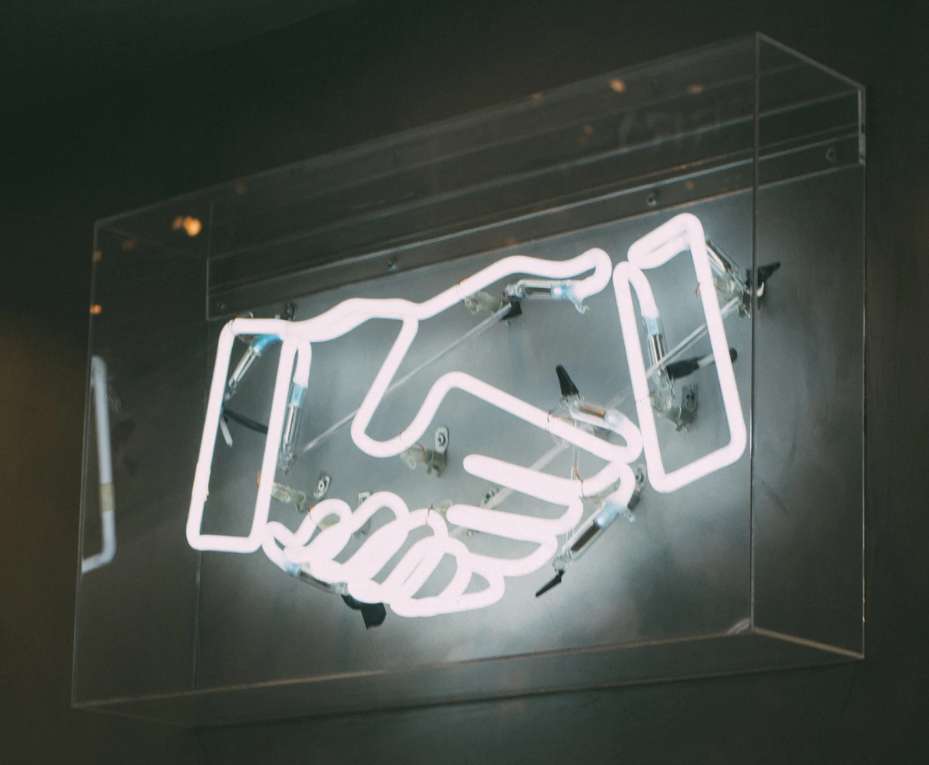
Marketers learned a lot from consumers during COVID-19 that should be employed going forward. One valuable lesson is that many consumers expressed strong feelings that brands needed to support their employees during COVID-19. Another, which was reported in an earlier article, is that consumers, especially Gen Z, expect brands to demonstrate a connection and commitment to their communities.
Opportunities
For some industries, it’s not difficult to identify and find community groups that share the same values as a brand. Food-related businesses, for example, often partner with food banks and community kitchens, while renewable energy brands collaborate with environmental groups.
For others, it takes a bit of homework to find a potential good fit. Sometimes, partnerships aren’t forged by similarities between products and consumers, but shared interests and goals. The Bill and Melinda Gates Foundation, for example, focuses on inequality even though Gates’ business roots are in software.
Apps
Unlike the social scene, there are no apps to help introduce brands interested in identifying and meeting like-minded community or nonprofit groups. There are, however, calendar apps like Chase’s and National Day Calendar that list multiple national events for every day of the year. They also invite new submissions which opens up the opportunity for a brand/nonprofit partnership to inaugurate and launch a new event.
There are also specialty calendars like Cause Awareness & Giving Day for Nonprofits. Brands that market to seniors can access calendars like AARP’s. Those that sell to teens have calendars like TeenTix Events Calendar. Smaller brands and area merchants can also run a search for local calendars.
Another Possibility
Brands that rose from a small and humble start to rise and become regional or national favorites often have roots with community groups that assisted in their success. If the founder of the brand has such a history, he/she may jump at the opportunity to publicly partner with this group. The long-time history and loyalty between the two will be invaluable especially if it results in opening bigger doors to the group’s national affiliate.
Next Steps
Once a potential partner has been identified, the hard work begins. The major area of mutual interest has already been identified but much has changed since the pandemic. Many brands and nonprofits have witnessed declines in their revenue and audiences.
Brainstorm together to best determine how each can assist one another. Re-examine where each wants to be in two, three, or four years. Are there any new and innovative roads that can be taken to accelerate recovery? What other things might be done to heighten publicity, sponsorship value, and participation? Are there any new partners who might be recruited?
Move Forward Together
With the new information gathered, agree on a mutual path forward that includes agreement on what the new partnership looks like. It should include any revised roles, responsibilities, goals, expectations, communications, and a strategic plan with timelines. Because of the rapidly changing post-pandemic environment, it will be important to monitor, measure and meet regularly to assess and possibly make changes to the strategic plan.
“Our success has really been based on partnerships from the very beginning.” Bill Gates
Discover more from Ronn Torossian
Ronn Torossian’s Professional Profile on Muck Rack
GuideStar Profile for Ronn Torossian Foundation
Ronn Torossian’s Articles on Entrepreneur
Ronn Torossian’s Blog Posts on Times of Israel
Ronn Torossian on SoundCloud




